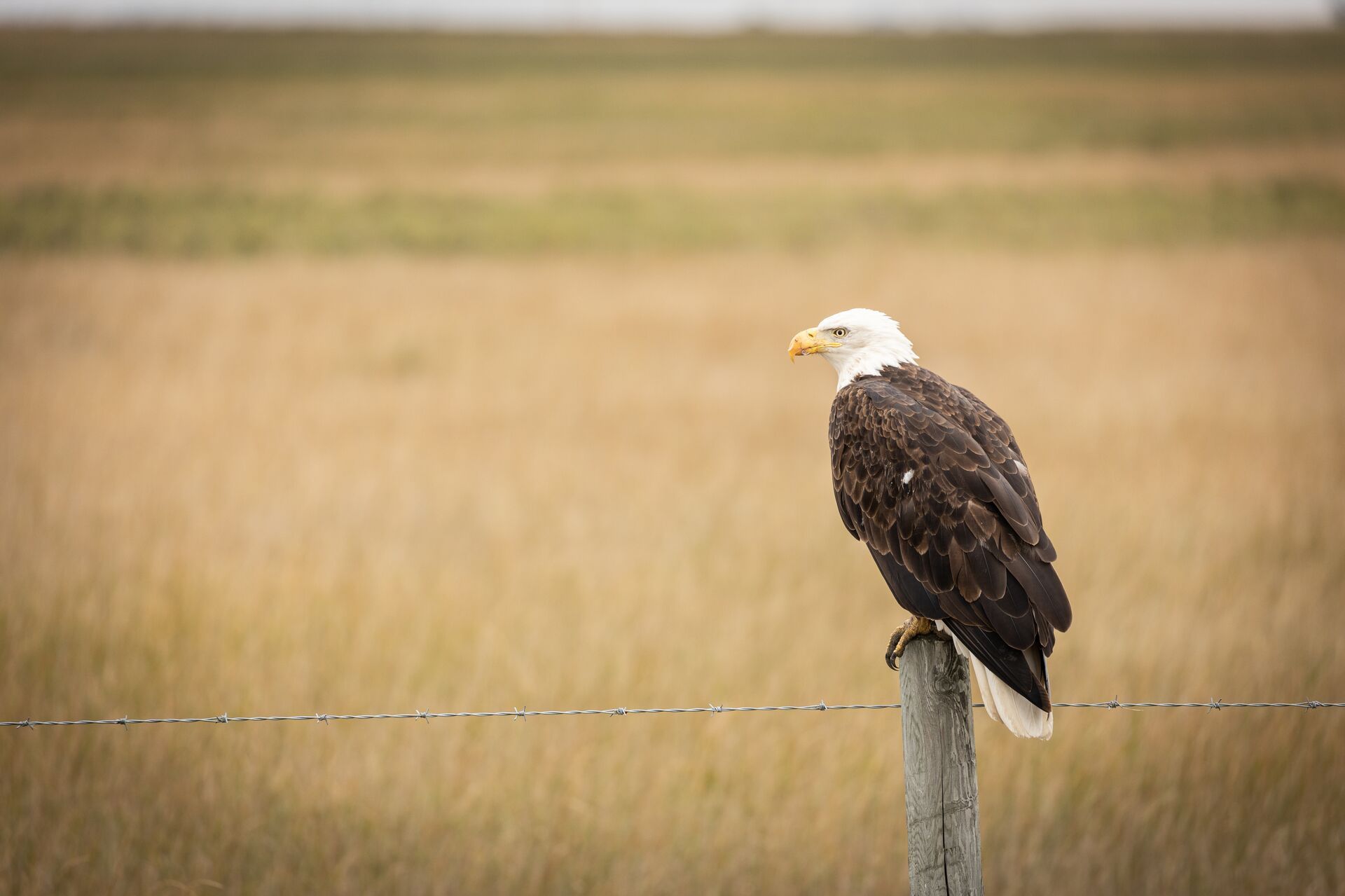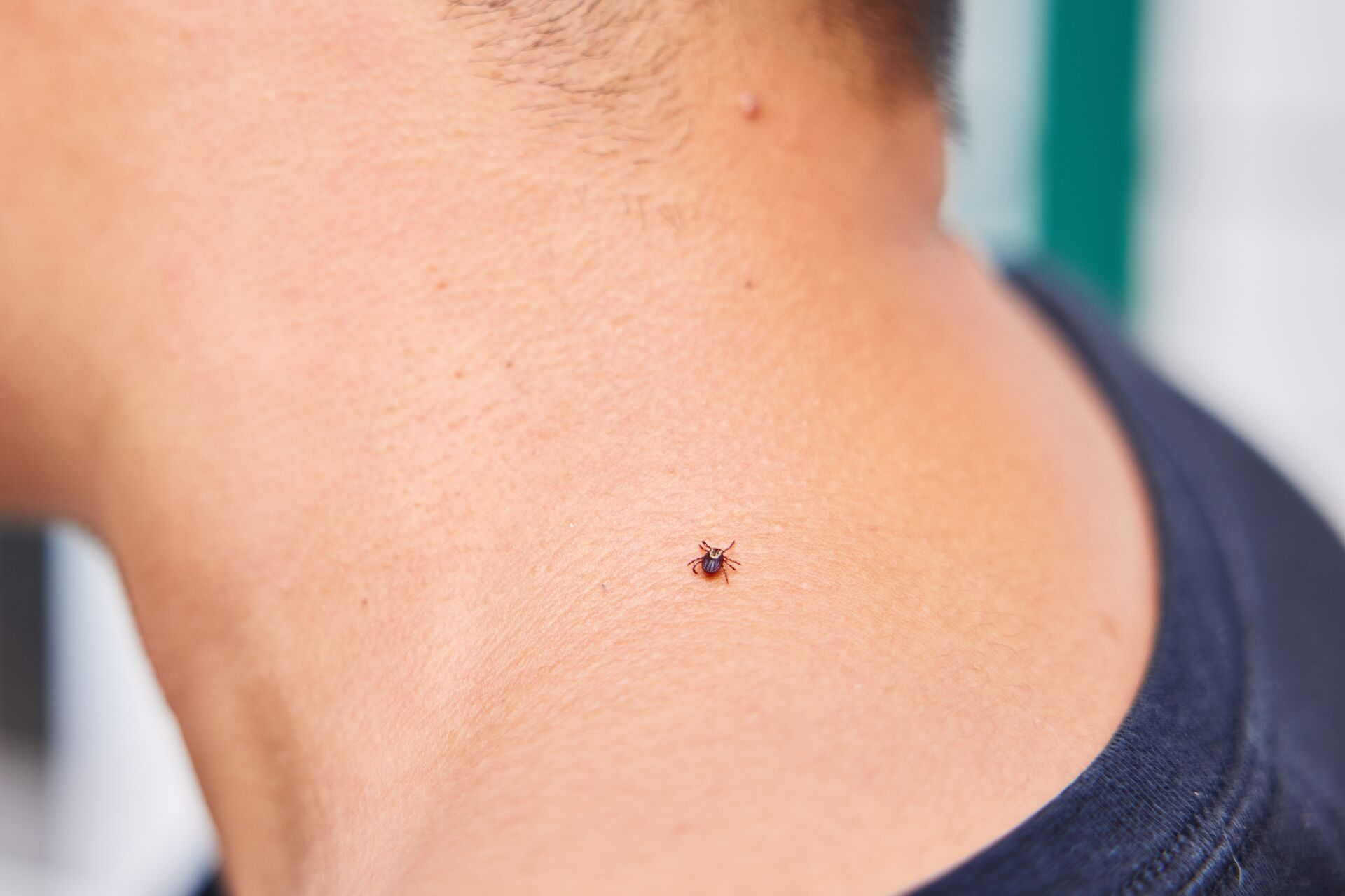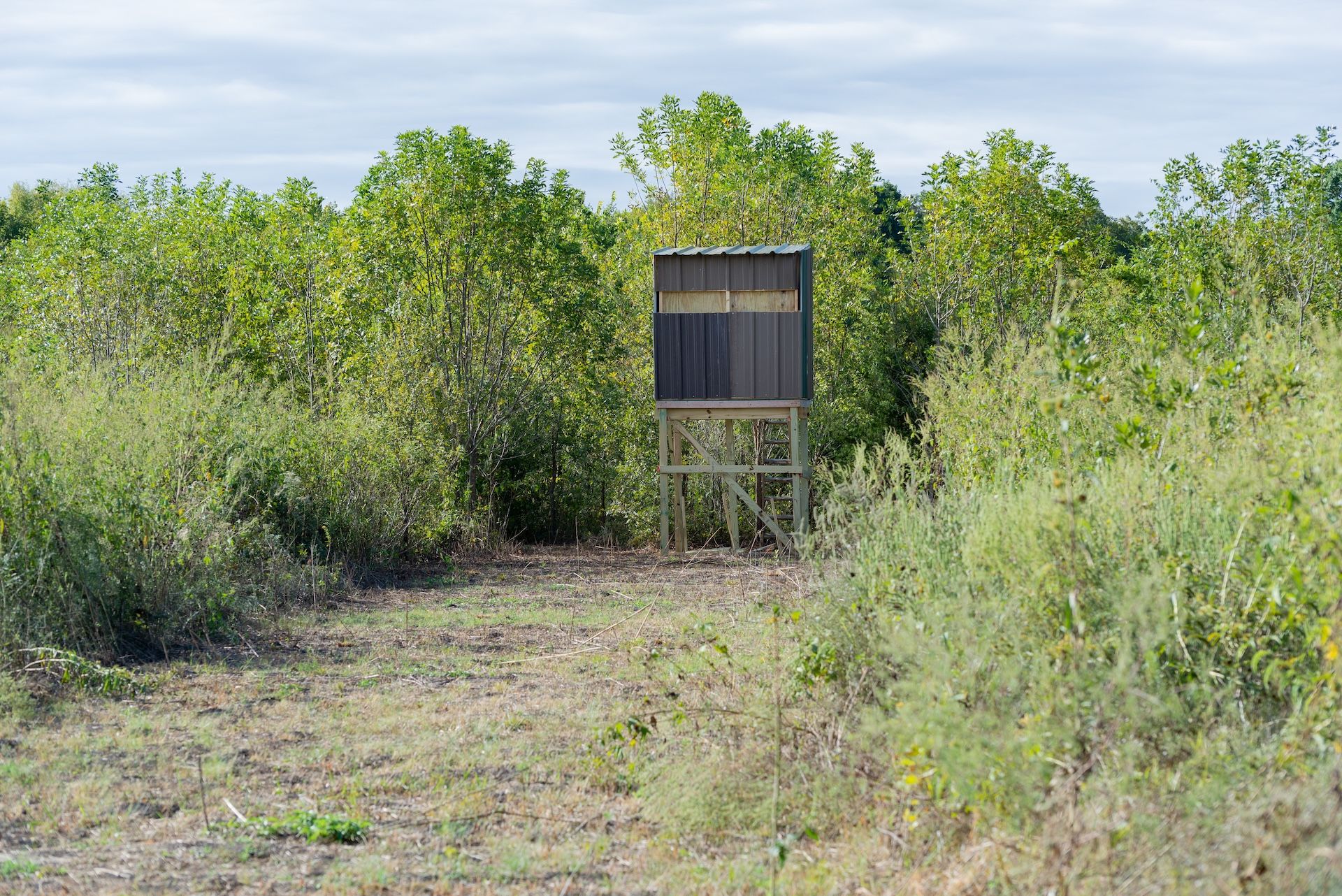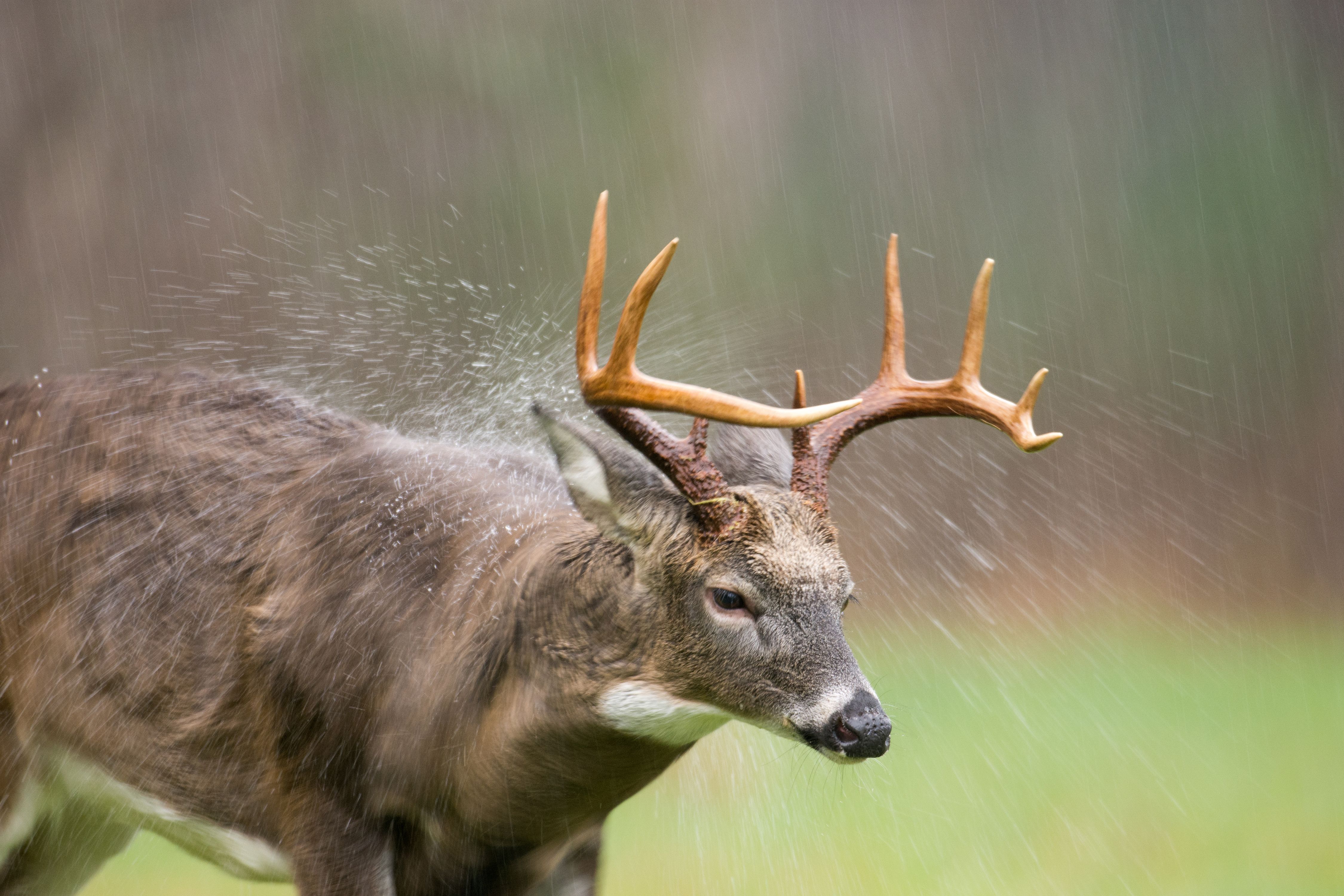Field Guide / Hunting Tips
How Barometric Pressure Affects Deer Movement (or Does it?)
It's only natural for us hunters to pay more attention to the weather as deer season approaches. From the sudden cloud coverage on a crisp fall day to the slight drizzle of snow you weren't expecting to the noisy wind shaking the trees, we are aware of every single change in the atmosphere.
Previous in Hunting Tips
More Content Like This

What Is the Difference Between Game and Nongame Species?
Across the world of wildlife, a whole spectrum of big and small critters fall into various categorizations and classifications. For hunters, one of the most important distinctions is between game and nongame species. Read More
Read More
Pre-Season Prep: Ticks and Permethrin Treated Clothing
Very few things will move a hunter out of their stand, blind, or from the woods when they're locked into a hunt with their eye on a big buck or scouting — but that small pest known as the tick can boot even the most dedicated hunter from his spot and...Read More
Read More
How to Build a Ground Blind for Turkey or Deer Hunts
A large part of what makes hunting such an exciting and dynamic sport is the preparation, strategy, problem-solving, and DIY opportunities that all go into a successful hunt. From the countless hours at the range to pouring over mapping and weather i...Read More
Read More Hunting Tips
Hunting TipsWhat Is the Difference Between Game and Nongame Species?
Across the world of wildlife, a whole spectrum of big and small critters fall into various categorizations and classifications. For hunters, one of the most important distinctions is between game and nongame species. Read More
Read More Hunting Tips
Hunting TipsPre-Season Prep: Ticks and Permethrin Treated Clothing
Very few things will move a hunter out of their stand, blind, or from the woods when they're locked into a hunt with their eye on a big buck or scouting — but that small pest known as the tick can boot even the most dedicated hunter from his spot and...Read More
Read More Hunting Tips
Hunting TipsHow to Build a Ground Blind for Turkey or Deer Hunts
A large part of what makes hunting such an exciting and dynamic sport is the preparation, strategy, problem-solving, and DIY opportunities that all go into a successful hunt. From the countless hours at the range to pouring over mapping and weather i...Read More
Read More
1 of 3
